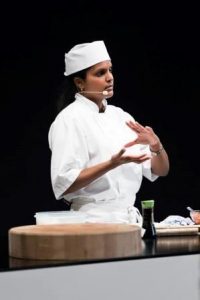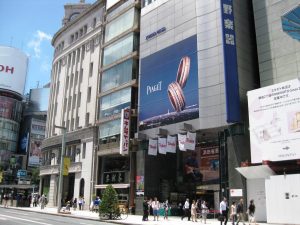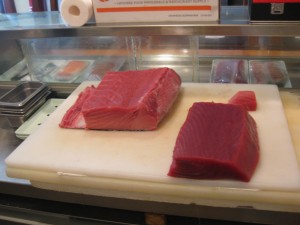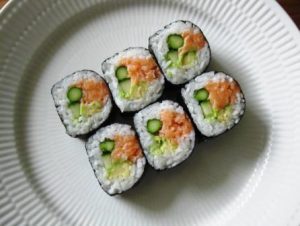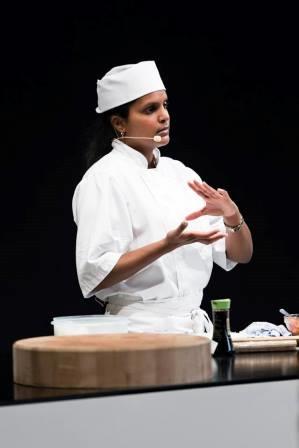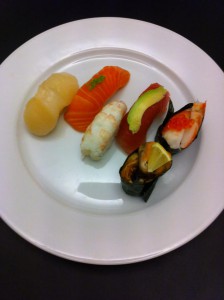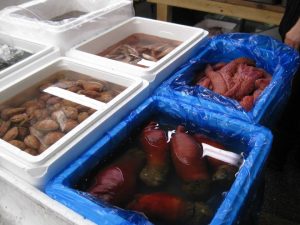 A Japanese sushi chef in Japan have a different view of raw materials.
A Japanese sushi chef in Japan have a different view of raw materials.
If a fish is still alive or caught the same day when the restaurant collects raw materials from the supplier then the raw material is considered fresh.
In 2010, I visited the exclusive sushi restaurant Kyubey in Tokyo where I had a sushi dinner.
At one point the sushi chef came out into the sushi bar with a big shrimp sitting on a leaf on his hand and was looking.
He looked at me and asked, “Do you want it fresh or cooked?”
I thought “I can always get cooked shrimps in Denmark”. “I want it fresh,” I said.
2 seconds later the chefs broke the head of the shrimp and removed the skull and intestine. A few seconds later, the sushi chef made a nigiri. The shripm that lay on the nigiri was still moving it was the nerves that moved.
I looked with big eyes and thought “that might be fresh enough.”
I ate it and I have never eaten a nigiri with shrimp that tasted so good. It still had body temperature and it was so good.
Read more about Sushi chef & sake sommelier Zoë Escher
_
Zoë has lectured and held sushi courses for A. P. Moller – Maersk, Hugo Boss Nordic, Novo Nordisk, Novartis, Velux, Gorrissen Federspiel, Beierholm revision, Elbek & Vejrup and many more.

